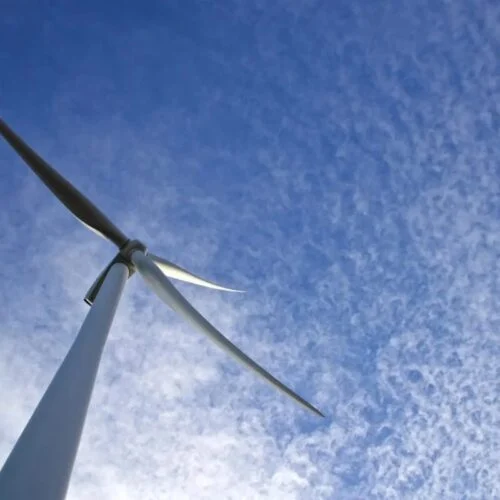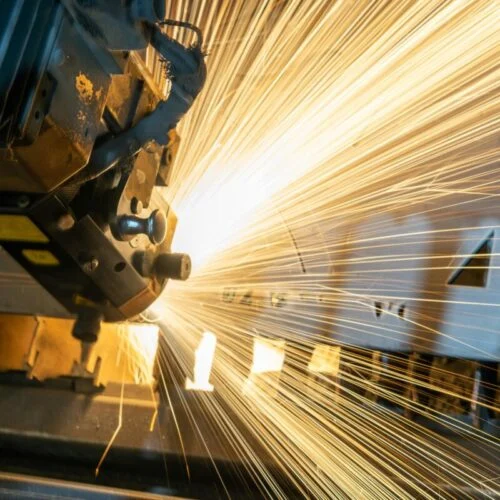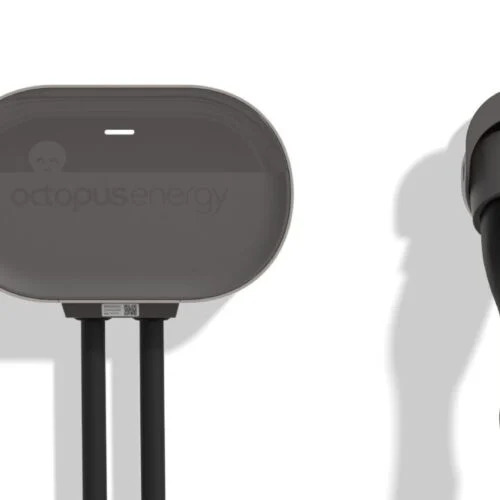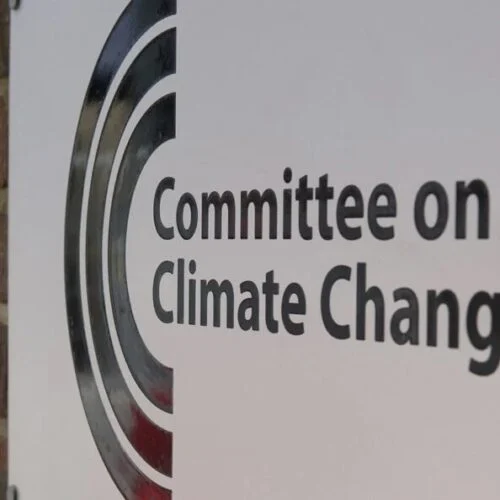When it comes to corporates making the transition to clean, green energy, they don’t get much bigger than Apple. The tech giant has long been considered ahead of the curve when it comes to renewable energy adoption at its site’s, including its latest campus in Cupertino, California which is nearing completion.
Construction of the company’s new headquarters began in late 2013 and is expected to be completed early next year after experiencing some setbacks along the way. The 176-acre campus, complete with office space, R&D facilities, fitness centre, multi-story car park and more, was slated for completion around now however a recent update from the City of Cupertino puts building construction completion into the start of 2017.
Landscaping work and the final finishing touches are expected to last into the second quarter of next year, although any number of the site’s intended 13,000 employees could already be at work at the site by this time.
Once completed, the corporate’s new HQ will fall in line with Apple’s existing commitments to power its operations with 100% clean energy. So far it has achieved 93% of its facilities worldwide running on renewable energy, which is usually bought from green suppliers or large scale generators.
However, Campus 2 will instead incorporate onsite generation through the use of 8MW of solar PV as well as other technologies, including fuel cells with directed biogas. These will be supplemented by grid purchased renewable energy if needed during periods of peak demand, but a large proportion of the energy will come from onsite generation.
The campus is expected to generate around 75% of its own power using the solar panels and the fuel cells, and it’s thought to be getting the rest of the renewable energy needed from First Solar.
The original plans for the project saw the main, donut shaped building topped with thousands of solar panels and a recent drone fly-by of the site under construction showed around 40% of these have already been installed.
Other panel installations will be completed on the site’s parking structures, which are planned to be big enough to hold 11,000 vehicles. The output of these arrays is unknown, but the total generating capacity of 8MW is likely to make the Campus home to the largest onsite corporate solar installation in the world.
And Apple isn’t stopping there. The main building will incorporate a variety of technologies to the company achieve Apple’s net zero energy goal. The plans include radiant conditioning systems, LED electric lighting, natural ventilation, and green information and communication technologies.
Around 300 electric vehicle charging stations are to be installed with provision for more if needed, while planting is already underway of 6,000 trees on the site in addition to those left in place before construction began.
Apple is also recycling or reusing more than 95% of the material from the demolished buildings at the site by finding ways to repurpose virtually every piece of concrete, glass and metal.
There’s no doubt that the striking aerial images of the new Campus regularly doing the rounds on social media and the company’s website will continue to grab attention long after its completion. However, the use of solar and other clean energy technologies to keep the site’s footprint as low as possible are far more exciting than the fact that the building looks like its set down from some distant planet.
Buildings (and companies) like this are surely the way to a future of green, sustainable construction and healthy interaction between humanity and the planet. Obviously not everyone can spend the billions needed to make projects like this a success, and Apple benefits from the corporate image that this building’s environmental impact will no doubt gain.
And why not? The Apples and Googles of this world surely have a responsibility to use their wealth and influence to help transition the corporate world to a low carbon future and if they gain some good PR along the way all the better. At least acting in a green way is viewed positively instead of the tree-hugging characterisation is used to garner.
So with any luck Apple will get back on track with construction at Campus 2, which when looking back could be the next significant milestone in what could be a successful journey towards mass adoption of clean sustainable building stock.





